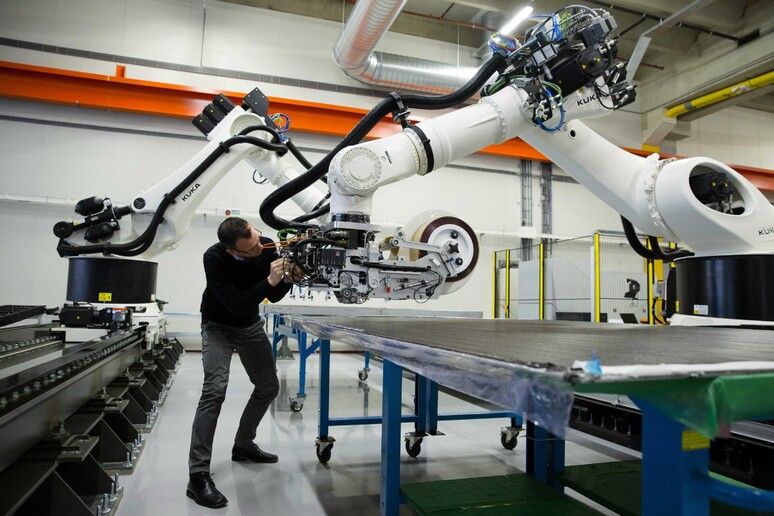Researchers are developing a
type of skin for robots that will help them interact with humans
by using sensors to interpret body language and anticipate
actions, experts at the NIDays 2016 technology event in Milan
said on Thursday.
The robots capable of "reading thoughts" are expected to be
ready within the next 10 years, researcher Lorenzo Natale from
the Italian Institute of Technology (IIT) said.
"Our aim is to develop robots that are increasingly adapted
to domestic use, capable of interacting in a safe and natural
way with children and elderly people," said Natale.
His team is working on developing the sight and feeling of
the IIT's iCub child robot.
"Robots will have to not only be ready to react, but they
will have to guess our movements and intentions in advance, to
be able to help us or to avoid running into us," he said.
To interact with children and old people who may not always
be able to give them vocal commands, the team has developed a
system of tactile sensors that are spread across the robot
"skin", including the joints. This means they will be able, for
example, to turn around if you touch them on the shoulder.
ALL RIGHTS RESERVED © Copyright ANSA











